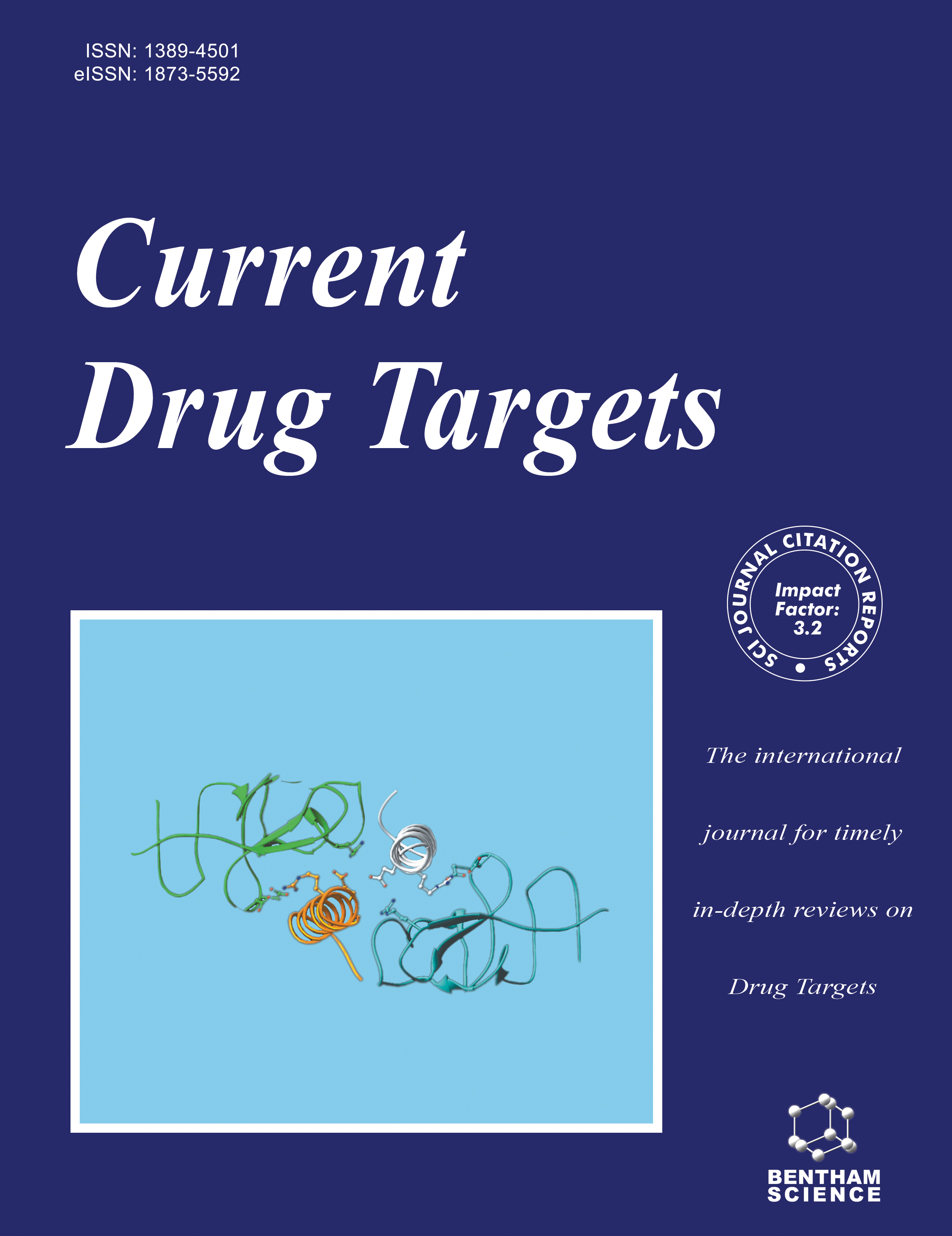
Full text loading...
Despite their hazardous nature, snake venoms hold immense potential for the development of novel therapies. This summary delves into the key aspects of snake venom research, focusing on their significance as targets for neutralization, their utility as novel drugs, the application of in silico studies, and future prospects with nanotechnology.
Significance of Snake Venom: Snake venom harbors a rich diversity of toxic proteins with a wide range of biological activities. Its importance lies in the possibility of neutralizing its detrimental effects and exploring its therapeutic potential for diverse ailments.
Venom Neutralization: The development of more effective and specific antivenoms is crucial for treating snakebites, particularly in regions with a high prevalence of accidents. Molecular-level venom studies are essential for identifying novel targets for the development of more efficacious antivenoms.
Venom as a Source of Novel Drugs: Proteins present in snake venom exhibit diverse pharmacological activities, including antithrombotic, anti-inflammatory, analgesic, and antimicrobial properties. Investigating these proteins can lead to the development of novel medications for various diseases.
In silico Studies: Bioinformatics tools and molecular modelling can aid in the discovery of novel molecular targets in snake venom, accelerating the process of developing new drugs and therapies.
Nanotechnology for Drug Delivery: Nanotechnology offers new possibilities for developing more efficient and targeted drug delivery systems, enhancing the safety and effectiveness of snake venom-based treatments.
Snake venom research represents a promising area of inquiry with immense potential for the development of novel drugs and therapies. The integration of traditional and innovative techniques, such as in silico studies and nanotechnology, can accelerate this process and contribute to the advancement of public health.

Article metrics loading...

Full text loading...
References


Data & Media loading...

